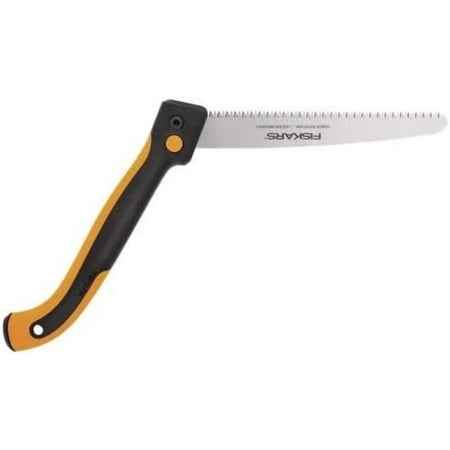5 plants that are illegal to grow in California – how to control these invasive species in your yard, plus the native alternatives to use instead
These troublesome, invasive species will outcompete native plants and you could face a fine for growing them

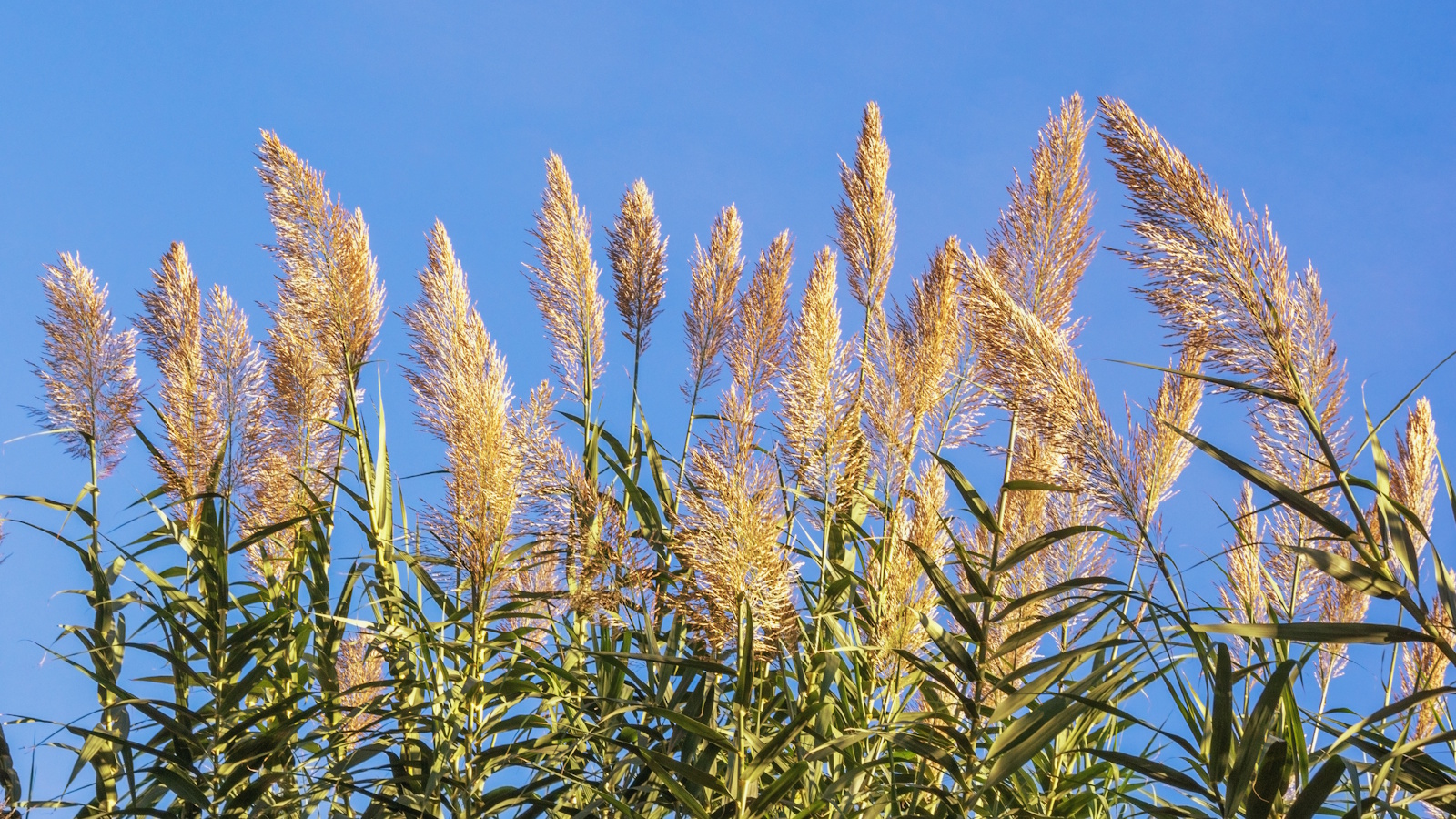
Wherever you garden, there are always plants that exhibit aggressive growth. The invasiveness of any plant is largely region-specific, with climate, soil and the wider ecosystem playing a part. This is why state-specific guidelines are so important - what is destructive in one area might be manageable elsewhere.
California is no exception. In fact, its varied terrain and climate make the state vulnerable to invasive species. From the Pacific coast to the plains of Death Valley, many non-native plants can thrive, often too well. As a result, the California Department of Food and Agriculture (CDFA) maintains an official list of noxious weeds, defined as plants that are illegal to sell, transplant or propagate within the state.
So, while you might already be familiar with common invasive trees or invasive perennials to avoid, there are many species, classified as noxious weeds, that could land you in legal trouble. Here are five plants that are illegal to grow in California, with advice from Golden State experts on how to control them and native alternatives to consider instead.
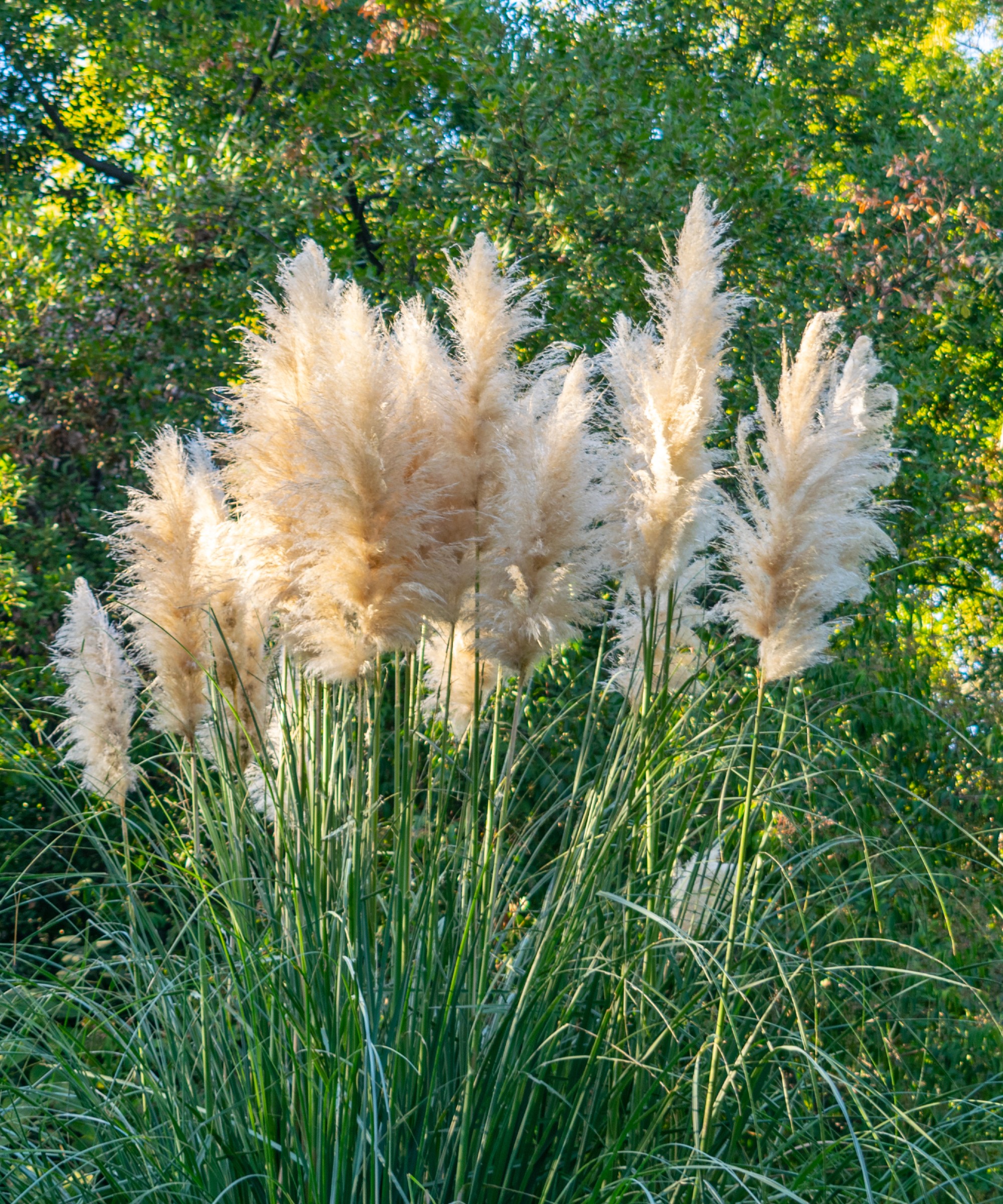
5 plants that are illegal to grow in California
Wherever you live in California, you will encounter troublesome invasive plants. From the mountainous regions (US hardiness zone 5) to the warm coast (US hardiness zone 10), certain opportunistic plants can prove destructive to agricultural land and backyards.
Here, two garden experts reveal five plants that are illegal to grow in California, as determined by the California Department of Food and Agriculture (CDFA). This means that while it is not illegal to possess these plants (they might have been growing in your yard before you arrived), it is illegal to distribute, propagate, or purchase them, and can result in a fine or legal action.
If you spot an illegal or invasive species, reporting it can help to limit its spread. The CDFA hotline page has all the information you need to take action.
1. Tree of Heaven

'The tree of heaven, or Ailanthus altissima, is largely considered a tree never to plant in backyards across the US,' says Kevin Lenhart, Design Director for California-based Yardzen.
Design expertise in your inbox – from inspiring decorating ideas and beautiful celebrity homes to practical gardening advice and shopping round-ups.
'They are listed as noxious invasive weeds in many states, including Arizona, Minnesota and California, and are illegal to buy and plant.
'Native to China, it lacks the natural competition it faces in its native range, allowing it to spread unchecked here in the US. And, worryingly, it grows incredibly fast, as much as 10 to 15 feet a year.
'It also produces tons of seeds and secretes chemicals into the soil that inhibit the growth of nearby plants, allowing it to easily outcompete native species and contributing to the demise of our local ecosystems.'
To eradicate Ailanthus altissima if it is growing in your yard, Kevin recommends pulling seedlings as they germinate at the base of the tree, to prevent deep taproots from developing.
Simply cutting the tree of heaven to the ground will not eradicate it, as trees will resprout and sucker elsewhere in the yard. Consistent removal of shoots and lifting roots will require plenty of effort and dedication. For larger specimens, it is probably worth calling in a professional.
'There is no shortage of deciduous native trees that would serve as excellent replacements,' Kevin adds.
'On the smaller side, serviceberries and native dogwoods make for excellent statement trees throughout most of the US.'
Dogwood trees are available to order from Walmart and can be grown from US hardiness zone 5 to zone 9 in full sun or part shade.

Kevin Lenhart is Yardzen's Design Director. He received a M.S. in Landscape Architecture from the University of California, Berkeley. Prior to Yardzen, he worked for San Francisco's Department of Public Works and for WRT. A father of two young sons, he's passionate about outdoor spaces that are beautiful, do good for the planet, and get families outside.
2. Giant Reed
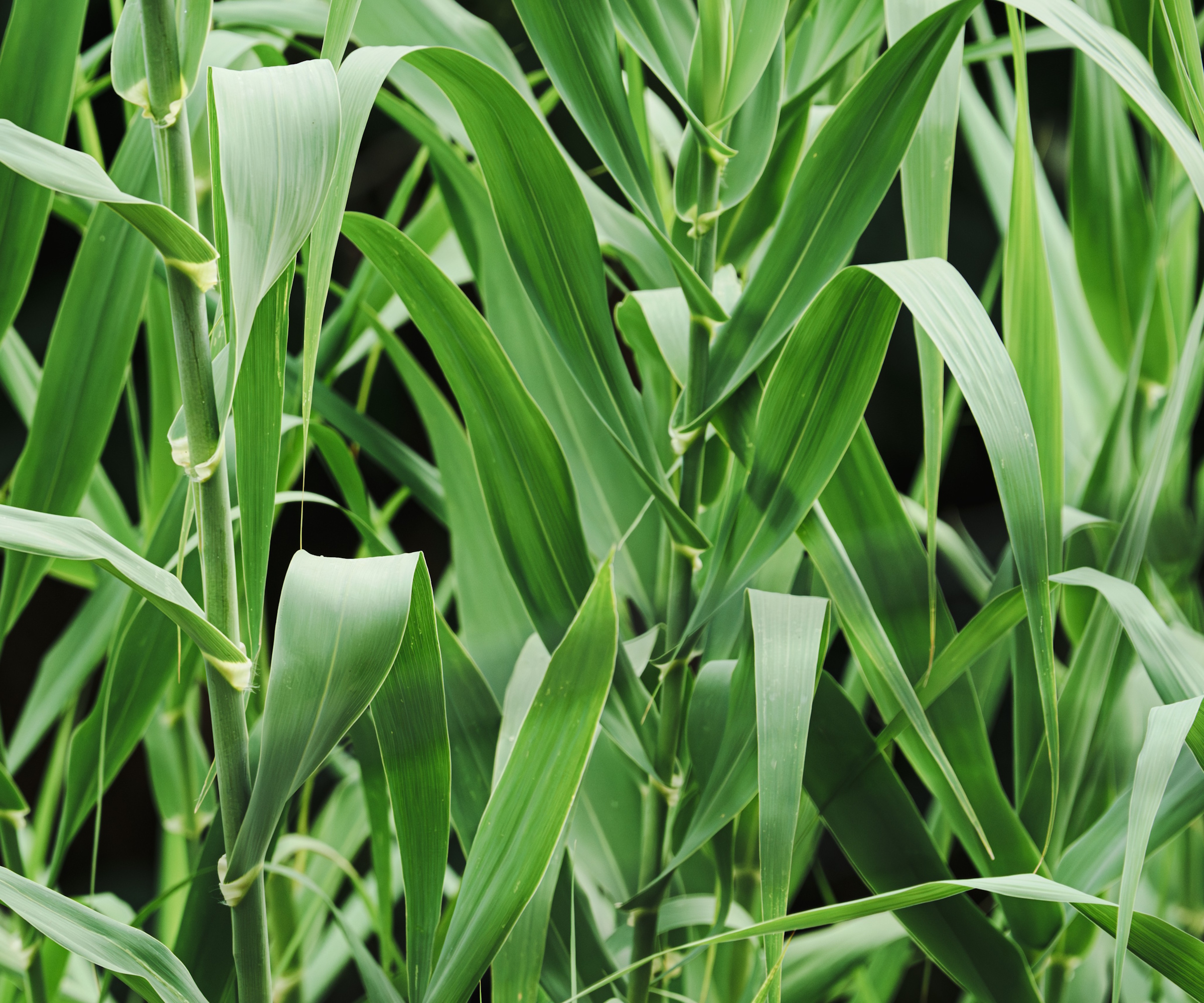
'Giant reed grass, or Arundo donax, is also listed as an illegal noxious weed in California and Texas, and considered invasive in several other states,' continues Kevin.
'It is native to northern Africa and western and central Asia, forming tall, dense clusters that colonize everything from disturbed sites and sand dunes to riverbanks and wetlands.
'It chokes out crucial habitat species like willows, and leaves ecosystems depleted of resources for California native planting.'
Unfortunately, if you are wondering how to weed a garden quickly when struggling against giant reed grass, there aren’t any magic solutions.
'Digging it out manually is fine for smaller clumps, but it is slow work and not practical for large colonies. Digging with heavy machinery works faster, but this approach is indiscriminate, leaving behind a swathe of disturbed land that is vulnerable to new invasion,' Kevin adds.
'Chemical treatment often ends up as the most realistic method, but it must be managed very carefully, particularly when adjacent to water and wetland areas, so seeking professional help is crucial.'
Luckily, there is no shortage of native grasses that are wonderful substitutes for Arundo donax.
'Switchgrass - or Panicum virgatum - is one of the principal native grasses of the US,' Kevin advises. 'It has a wide native range, thriving in zone 6 to zone 8, and performs beautifully in sunny residential gardens.'
Switchgrass live plants are available from Amazon.
3. Purple Loosestrife
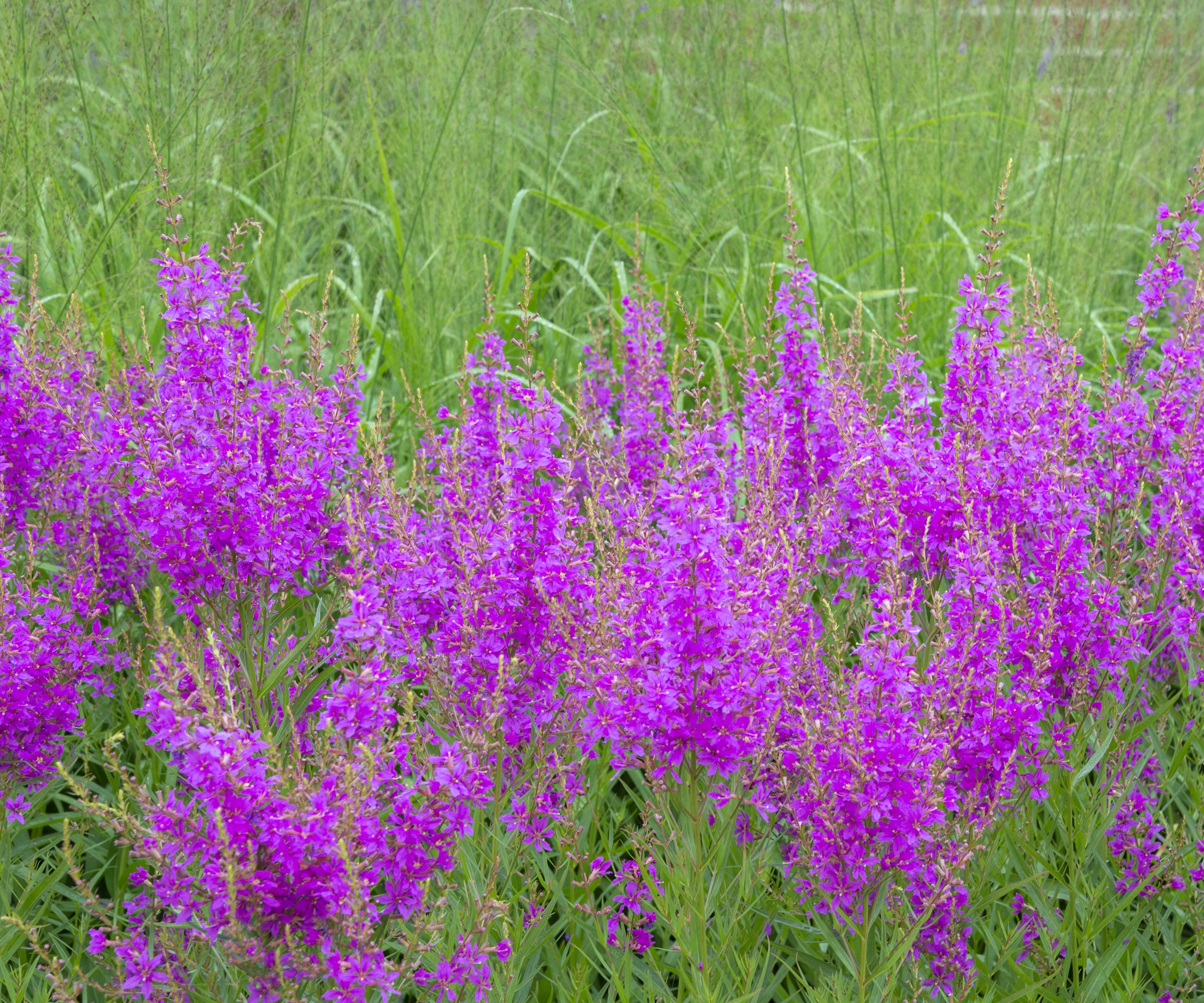
Lythrum salicaria, or purple loosestrife, is listed as a noxious weed in California, and as such, state laws prohibit buying, selling, or distributing it.
While the tall perennial flowers of purple loosestrife might look pretty, this plant has invaded many wetland areas across the United States and should be avoided at all costs.
Early detection and hand-pulling can be effective for smaller infestations along damp borders or riverbanks. Established clumps may be too dense and deep-rooted to remove easily and can require professional help.
For a native plant alternative, why not learn how to grow verbena? There are many tall varieties, including Verbena hastata, or blue vervain, which can help to create that tall, prairie-style aesthetic in zones 3 to 9, with a preference for full sun.
Live blue vervain plants are available from Amazon.
4. Scotch Broom
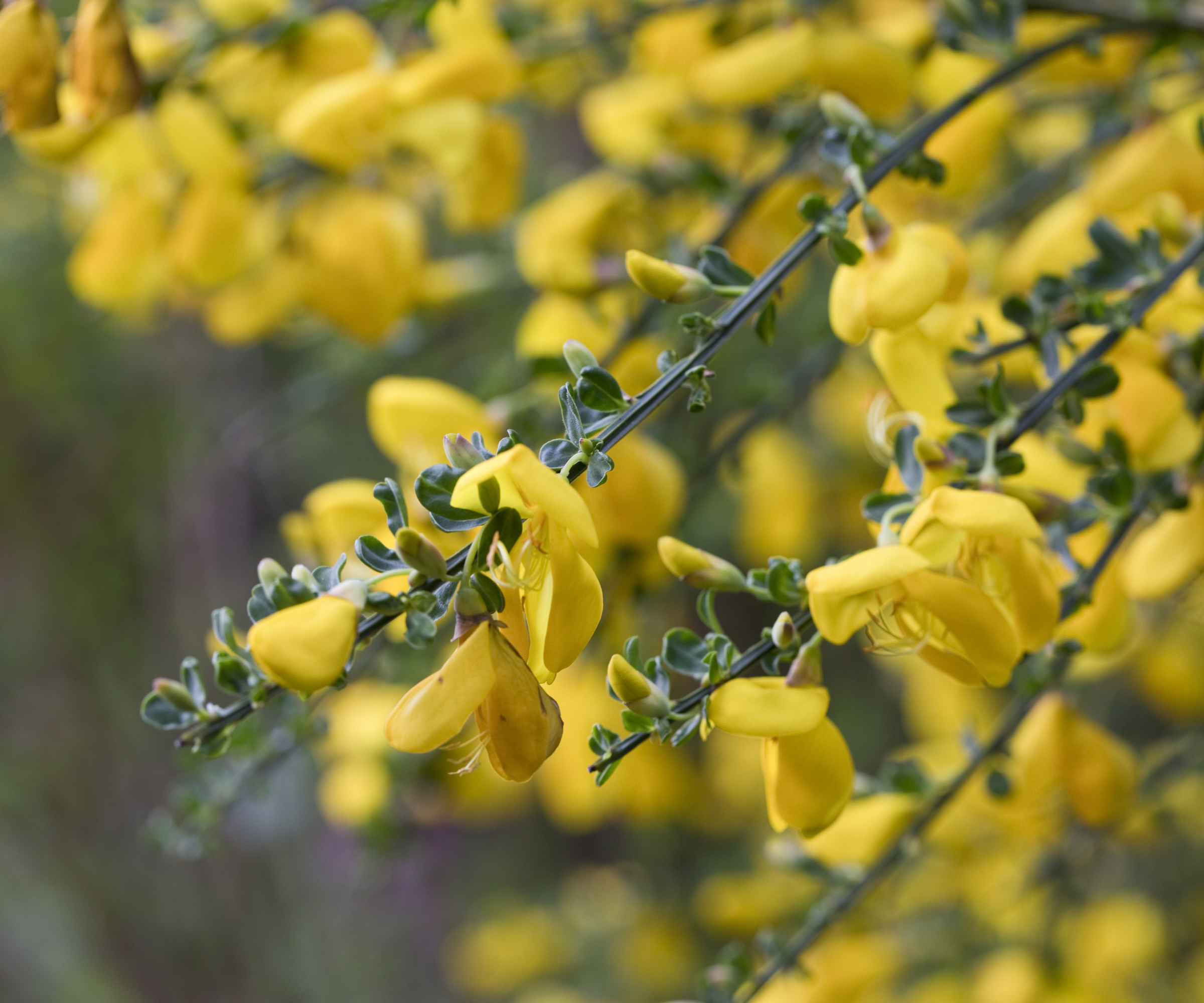
Cytisus scoparius, also known as Scotch broom or common broom, is a dense and spreading shrub that outcompetes many native plants. Brooms are highly flammable and can even increase the risk of wildfire.
Scotch broom is found in coastal and mountainous regions in Northern California and is very prevalent in the Sierra Nevada foothills.
While it is not illegal to possess Scotch broom, it is illegal to cultivate, sell or distribute it in California. And, without proper management, these long-living shrubs can produce thousands of seeds across their lifetime.
While removal can prove challenging, one scientific study found that pruning saw cutting undertaken at the end of the summer drought period (August to October) resulted in a resprouting rate of less than 7 percent, whereas cutting done at other times resulted in far higher resprouting rates.
If you are going to try the saw-cutting approach, use something like this Fiskars pruning saw, available from Amazon, which will help to get the job done.
'For a non-invasive shrub alternative, try sweet olive, or Osmanthus spp.,' says Scott Seargeant, garden expert, arborist and landscaper based in California.
'Osmanthus has soft spines and can be used as an informal hedge or shrub plant. Or, for a native evergreen alternative, try growing dwarf Alberta spruce, Picea glauca, or other small pine trees.'

I’m an International Arborist and landscape contractor in California. I have extensive knowledge of trees, what keeps them healthy, and what makes them unhealthy. I also have a college degree and am experienced and knowledgeable on all gardening and landscaping topics.
5. Artichoke Thistle

Cynara cardunculus, also known as cardoon or artichoke thistle, is considered an invasive species and is prohibited in the state, according to the California Noxious Weed List.
The artichoke thistle thrives in grassland, coastal scrubs and open fields, and can readily spread in disturbed soil.
To remove Cynara cardunculus, focus on regular deadheading to prevent seed production, and, for full eradication, removal of the taproot by digging is necessary, which can prove difficult depending on the size of the plant.
For a native alternative, try growing the swamp thistle, seeds are available from Amazon. The swamp thistle, or Cirsium muticum, is a North American native plant that can be grown from zone 3 to zone 10 in moist but well-drained soil.
And, importantly, this nectar-rich plant will prove popular with butterflies, particularly during the monarch butterfly migration.
FAQs
Is it illegal to grow pampas grass in California?
Pampas grass is not illegal to grow, sell or own in California, but many nurseries have stopped selling this invasive plant due to its spreading habit. 'Pampas grass is problematic in California’s central and southern coastal regions, but is also an issue in Hawaii and along the Gulf coast of Texas, Louisiana, and Florida,' says Kevin.
'California residents tend to loathe pampas grass, as it can quickly colonize disturbed sites, roadsides, steep terrain, and river banks. It is long-lived, tolerant of extreme conditions, and able to establish in many different habitat types. It is also extremely flammable, which can be a problem, especially with wildfires.'
One invasive climber that is problematic across the US is kudzu. While it's not as widespread or as much of a threat in California as it is in the southeastern United States, it is still one problem plant to look out for.
'Kudzu is an aggressive and fast-growing vine spreading by stolons (runners) or seeds,' says Scott. 'It engulfs all plants in its path, outcompeting other plants, stealing water and starving them of sunlight.
'One of the most viable methods of eradication is grazing animals, which eat the vines,' Scott adds. 'Or, if you ever intend to use herbicides, seek professional help.'
For more information, see our guide to what is kudzu vine.
Shop essential weeding equipment

Thomas is a Content Editor within the Gardens Team at Homes and Gardens. He has worked as a professional gardener for both public spaces and private estates, specializing in productive gardening, growing food and flowers. Trained in Horticulture at the Garden Museum, he has written on gardening and garden history for various publications, including The English Garden, Gardens Illustrated, Hortus, The London Gardener and Bloom. He has co-authored a Lonely Planet travel book, The Tree Atlas, due out in 2024.

